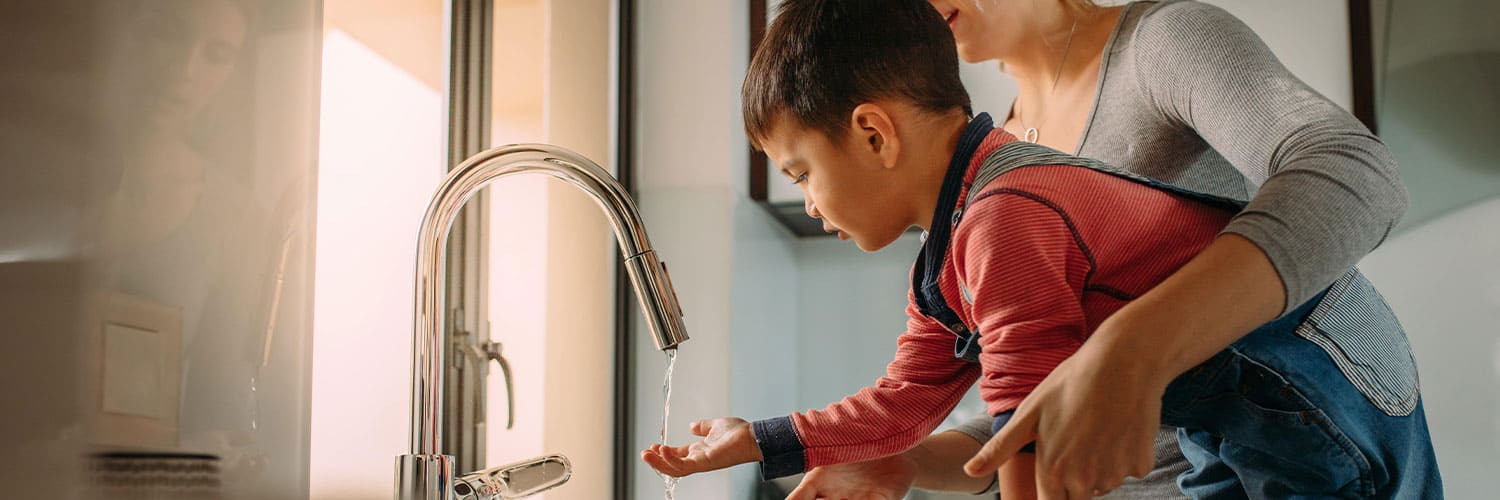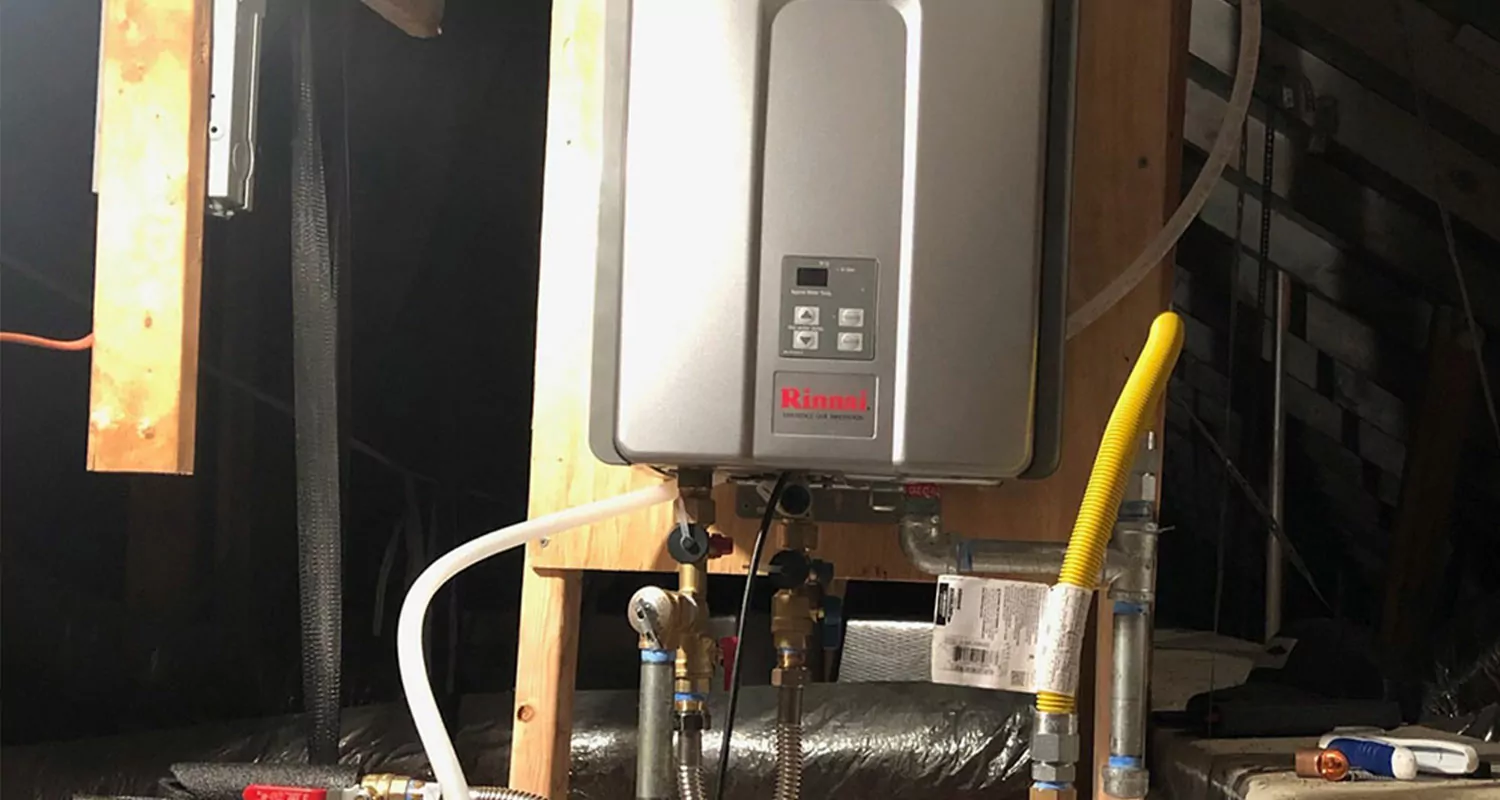Simple Steps to Maintaining Your Home's Hot Water System
Simple Steps to Maintaining Your Home's Hot Water System
Blog Article
Just about every person will have their own individual thinking involving What Kind of Maintenance Do Water Heaters Need?.

Hot water is necessary for everyday comfort, whether it's for a refreshing shower or cleaning meals. To ensure your hot water system runs efficiently and lasts much longer, routine maintenance is essential. This article gives sensible ideas and understandings on how to preserve your home's hot water system to stay clear of disturbances and costly repairs.
Intro
Preserving your home's hot water system could appear difficult, but with a couple of basic steps, you can guarantee it runs smoothly for several years ahead. This guide covers every little thing from comprehending your hot water system to do it yourself maintenance tips and recognizing when to contact professional aid.
Value of Maintaining Your Warm Water System
Routine maintenance not just prolongs the lifespan of your warm water system however also guarantees it operates efficiently. Disregarding maintenance can lead to reduced efficiency, greater energy costs, and even early failing of the system.
Signs Your Warm Water System Needs Upkeep
Knowing when your warm water system needs focus can avoid significant problems. Keep an eye out for indications such as irregular water temperature, odd sounds from the heating unit, or corroded water.
Comprehending Your Warm Water System
Before diving into upkeep tasks, it's practical to understand the fundamental components of your hot water system. Commonly, this includes the hot water heater itself, pipelines, anode rods, and temperature level controls.
Monthly Upkeep Tasks
Normal regular monthly checks can aid catch minor concerns before they intensify.
Purging the Water Heater
Purging your hot water heater eliminates debris buildup, enhancing performance and prolonging its life.
Checking and Changing Anode Rods
Anode rods avoid deterioration inside the tank. Examining and changing them when broken is essential.
Examining and Changing Temperature Level Setups
Adjusting the temperature setups makes certain optimal performance and security.
Do It Yourself Tips for Maintenance
You can carry out a number of upkeep jobs yourself to keep your hot water system in leading problem.
Looking for Leaks
Frequently examine pipelines and links for leakages, as these can lead to water damage and higher expenses.
Checking Pressure Relief Valves
Checking the pressure relief valve guarantees it operates appropriately and protects against excessive pressure buildup.
Protecting Pipes
Protecting warm water pipelines lowers warmth loss and can conserve power.
When to Call an Expert
While do it yourself upkeep is helpful, some concerns call for specialist expertise.
Facility Concerns Needing Expert Help
Instances consist of major leaks, electrical troubles, or if your hot water heater is regularly underperforming.
Routine Specialist Upkeep Perks
Professional maintenance can consist of extensive examinations, tune-ups, and making sure compliance with safety criteria.
Final thought
Regular upkeep of your home's warm water system is vital for efficiency, long life, and expense savings. By adhering to these ideas and knowing when to look for professional aid, you can guarantee a dependable supply of warm water without unforeseen disruptions.
How to Maintain an Instant Hot Water Heater
Before tinkering with your hot water heater, make sure that it’s not powered on. You also have to turn off the main circuit breaker and shut off the main gas line to prevent accidents. Also turn off the water valves connected to your unit to prevent water from flowing into and out of the appliance. 2. When you’re done, you have to detach the purge valves’ caps. These look like the letter “T†and are situated on either side of the water valves. Doing so will release any pressure that has accumulated inside the valves while at the same time avoid hot water from shooting out and burning your skin. 3. When the purge valves’ caps are removed, you have to connect your hosing lines to the valves. Your unit should have come with three hoses but if it didn’t, you can purchase these things from any hardware or home repair shops. You can also get them from retail stores that sell water heating systems. Read the user’s manual and follow it to complete this task properly. When the hosing lines are connected, open the purge port’s valves. 4. You should never use harsh chemical cleaners or solutions when cleaning your unit. Make use of white vinegar instead. It should be undiluted and you’ll probably use about 2 gallons. 5. Now flush your water heater. This task should probably take about 40 minutes. We can’t give you specific directions for this because the procedure is carried out depending on the type, model and brand of your heater. With that being said, refer to the user’s manual. 6. When you’re done draining the unit, you have to turn off the purge port valves again. Remove the hosing lines that you earlier installed on each of the water valves. Put the valve caps (purge port) back in their respective places and be very careful so as not to damage the rubber discs that are found inside these caps. 7. Now that everything’s back in place, check your user’s manual again to find out how to reactivate your water heating system. 8. Once it is working, turn one of your hot water faucets on just to let air pass through the heater’s water supply pipes. Leave the tap on until water flows smoothly out of it. https://www.orrplumbing.com/blog/2014/september/how-to-maintain-an-instant-hot-water-heater/

As a person who reads on What Kind of Maintenance Do Water Heaters Need?, I assumed sharing that piece of content was worth the trouble. Be sure to pause to distribute this blog entry if you appreciated it. Thanks so much for taking the time to read it.
Visit My Web Page Report this page